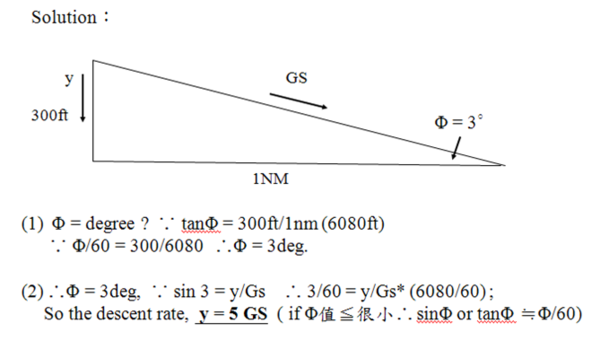

 字體:小 中 大
字體:小 中 大 |
|
|
|
| 2012/06/06 12:35:42瀏覽596|回應0|推薦11 | |
自家兄弟們 :中午好 根據 Local Flow Traffic Management Program (AIM 5-4-2) a. This program is a continuing effort by the FAA to enhance safety, minimize the impact of aircraft noise and conserve aviation fuel. …by minimizing low altitude maneuvering of arriving turbojet and… by permitting departure aircraft to climb to higher altitudes sooner, … b. A fuel efficient descent is basically an uninterrupted descent (…) from cruising altitude to the point when level flight is necessary for the pilot to stabilize the aircraft on final approach. The procedure for a fuel efficient descent is based on an altitude loss which is most efficient for the majority of aircraft being served. This will generally result in a descent gradient window of 250-350 feet per nautical mile. 一、場景 TPE APP:“GE… cross HLG. at or above 11000, cleared for ILS RW 10 APP. ” Pilot Request:“Maintain FL 150 until 7 nautical miles after HLG. ” 二、研究事項 1) 根據上述 250-350 feet per nautical mile 可知fuel efficient descent 實為2.5-3.5度之下降,為方便計:以3度下降方式 計算。 2) 7 nautical miles after HLG. 該位置正是FL150, 3度下降之 起始點 (Top of descent),Why?正常情況下 FL170 與FL190 之下降起始點應在何處? Ans:FL170 (HLG) /FL190 (7 nautical miles to HLG.) 3) 自家兄弟還記得下降率之計算? 忘了? 沒關係! 來! 咱們來複習一下。 3度下降(下滑道),其下降率乃5倍之地速。若今地速為320,則下降率為1600,來源與公式請參考附件。
4) 據此,你我最熟悉的ZL1 Z ARRIVAL;通過PUTTIN之高度應為? Why? Ans:11000 加油! 別辜負用心良苦且一心一意為求自家兄弟本職學識超人一等的班長喲! |
|
| ( 知識學習|其他 ) |










